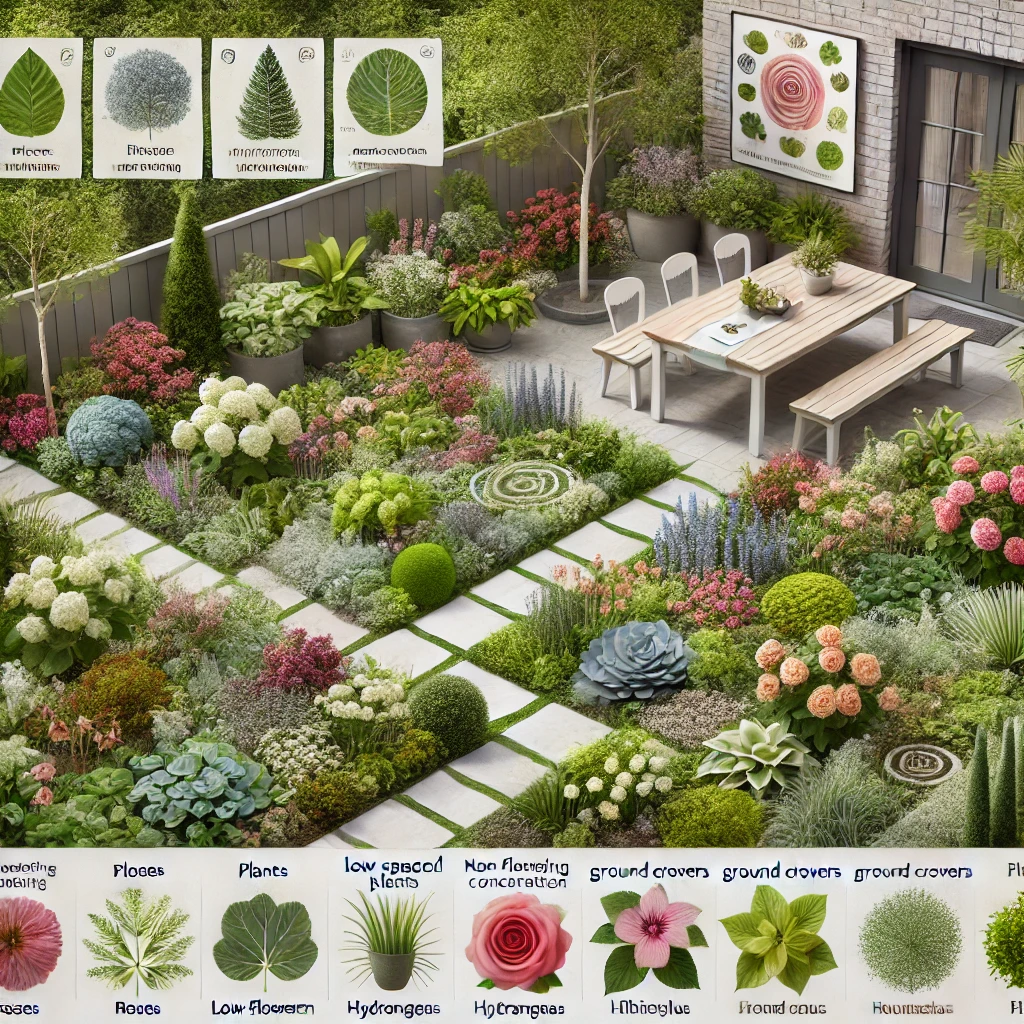Allergy-Friendly Gardens: Plant Choices for Sensitive Noses
Creating an allergy-friendly garden involves selecting plants that are less likely to trigger allergies while still providing a beautiful and vibrant outdoor space. The image you provided showcases a well-designed garden that incorporates a variety of plants, many of which can be suitable for individuals with sensitivities. Here are some tips and plant choices for an allergy-friendly garden:
1. Understanding Allergy-Friendly Plants
Allergy-friendly plants are those that produce less pollen or have pollen that is less likely to become airborne. Additionally, some plants are known for their ability to trap allergens, making them ideal choices for an allergy-friendly garden.
2. Ideal Plant Choices
Based on the image, here are some plants and their characteristics that can be part of an allergy-friendly garden:
- Hydrangeas: These are great for adding color without contributing significantly to airborne pollen. They have large flower heads that can capture pollen.
- Hostas: Known for their attractive foliage, Hostas are low-pollen plants that are perfect for shady areas.
- Roses: While some roses can trigger allergies, many modern hybrids produce minimal pollen. Opt for varieties with tightly packed petals.
- Hibiscus: These plants produce large, showy flowers that are less likely to release pollen into the air.
- Ground Covers: Plants like Irish moss or certain types of sedum can cover the ground and reduce the spread of pollen.
3. Landscaping Tips
- Vertical Gardens: As shown in the image, utilizing vertical space with trellises or wall-mounted planters can help in creating more space for allergy-friendly plants.
- Paved Pathways: Incorporate paved areas to reduce the amount of soil and mulch that can harbor pollen.
- Container Gardening: Use containers for planting, which can be easier to manage and move if needed.
- Regular Maintenance: Regularly trimming and pruning plants can help reduce pollen production. Also, removing any fallen leaves and flowers promptly can prevent them from becoming moldy.
4. Additional Considerations
- Windbreaks: Plant hedges or install fences to act as windbreaks, which can help reduce the spread of pollen.
- Irrigation: Use drip irrigation to keep the soil moist and minimize dust and pollen in the air.
- Low-Allergen Trees: Choose trees like dogwood, magnolia, or cherry, which produce less pollen.
Conclusion
An allergy-friendly garden can still be beautiful and vibrant with the right plant choices and design strategies. By incorporating plants that produce less pollen and using smart landscaping techniques, you can create a garden that is enjoyable for everyone, including those with sensitivities. For more detailed guidance or professional assistance, consider consulting a landscape designer who specializes in allergy-friendly gardens.

